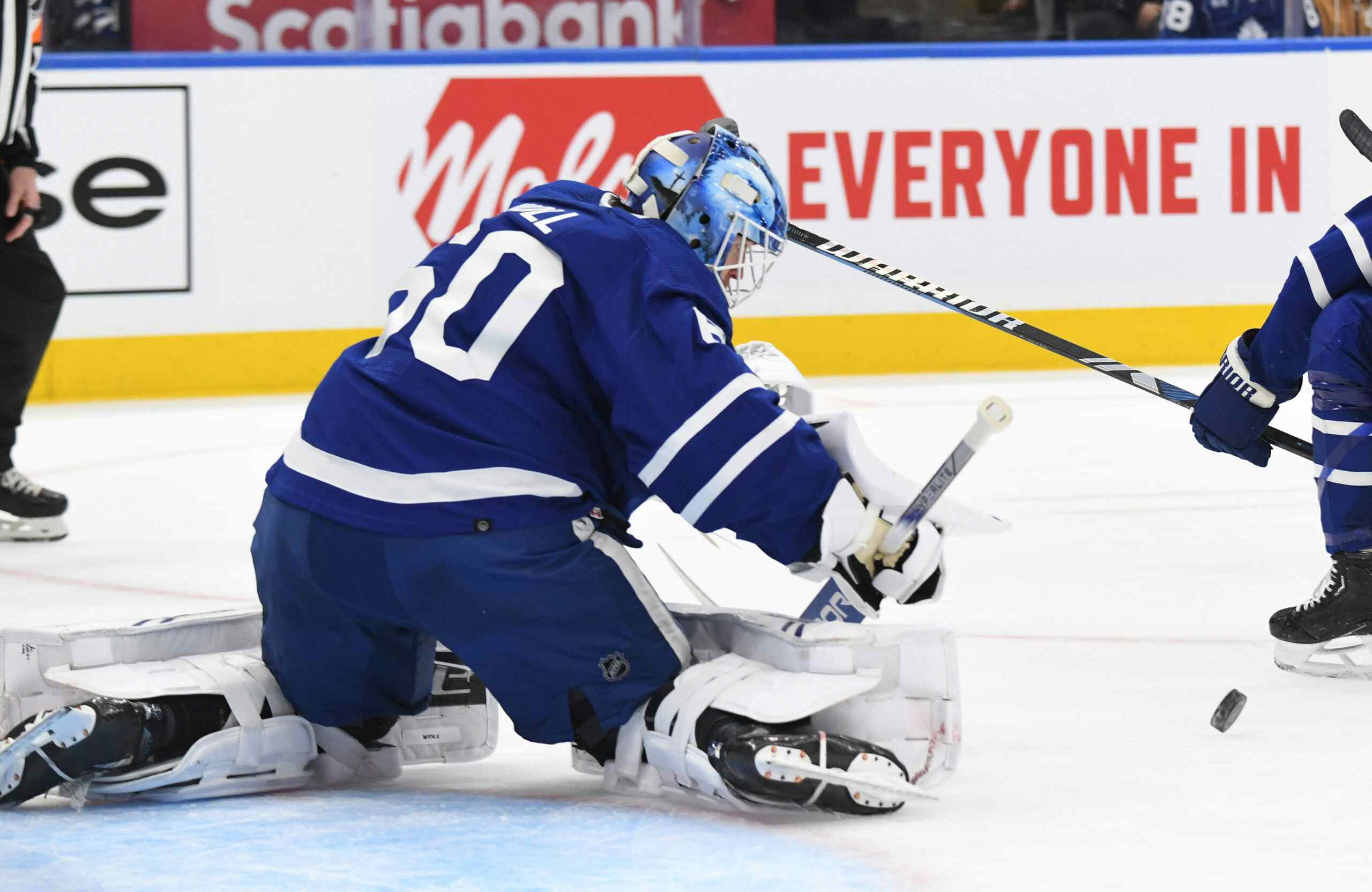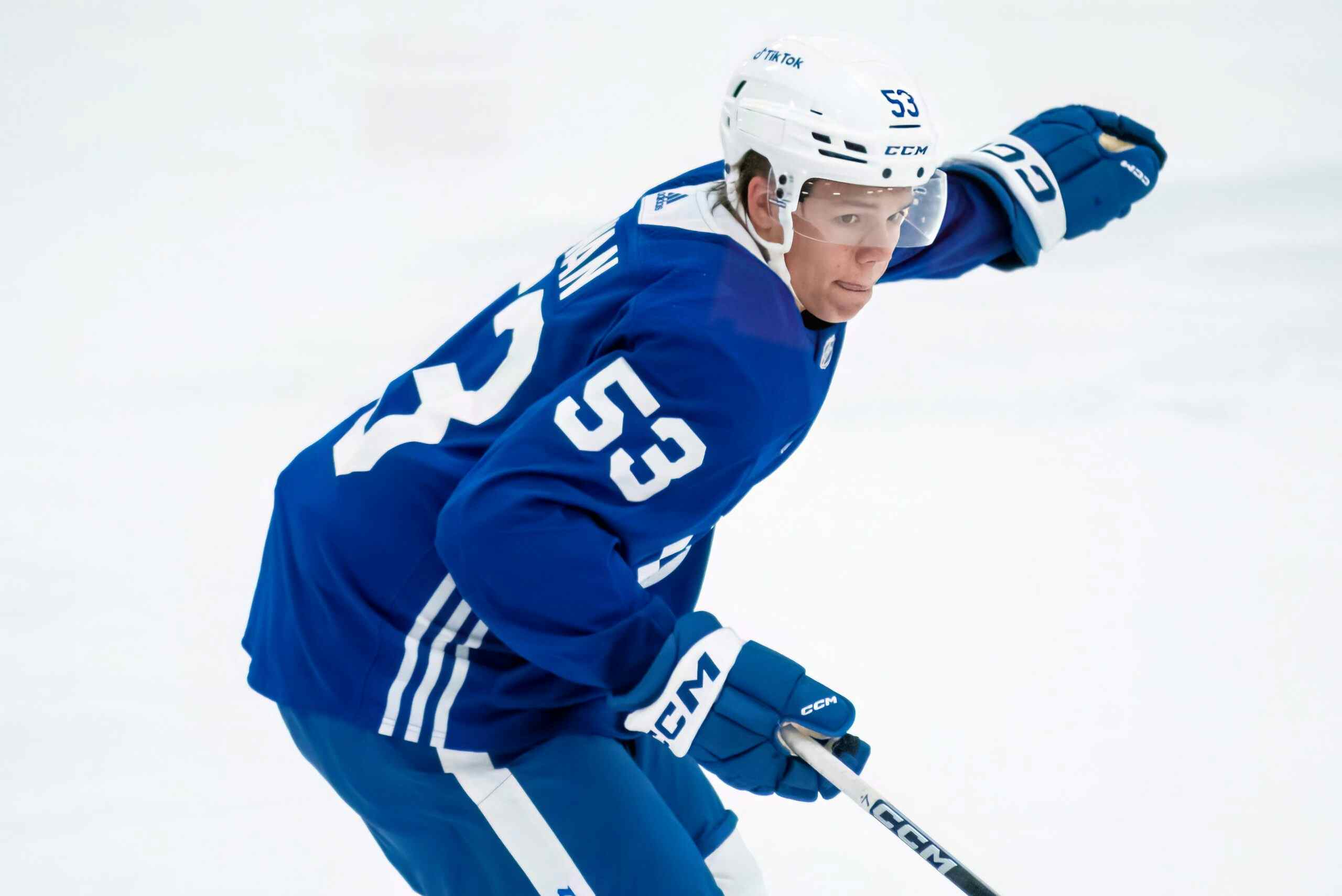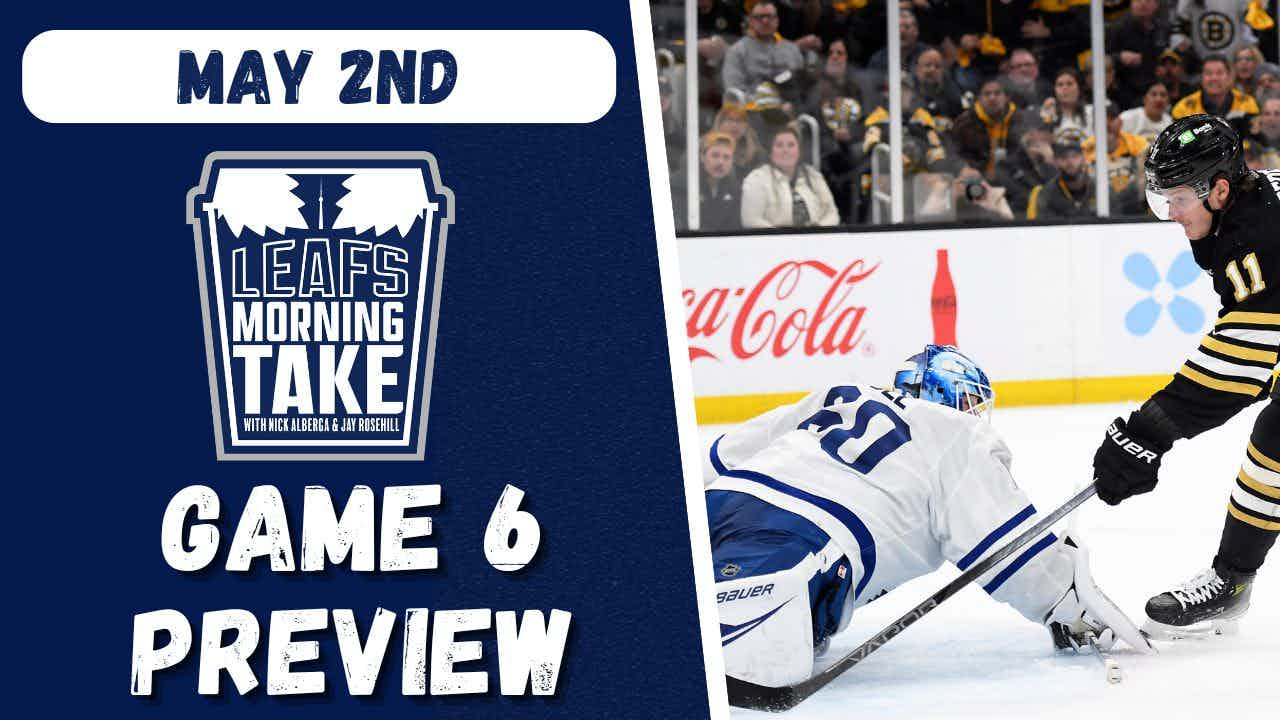Quantifying Compete Level: The Fanciest of Stats
By Jon Steitzer
9 years agoThere has been a lot of talk lately about how the Leafs have
used stats in the past few years, and that they’ve got internal ways of
measuring players success. I found this interesting, because any stat they are
using would seemingly defy any logical means to assess a player’s success. The
other thing that can’t be ignored is the fact that the Leafs management
carryovers (Nonis and Carlyle) seemingly have a love affair with the term
compete level. Compete level until now has had no definition, but I felt it is time
to give it one, and the proper statistic support to back it up.
used stats in the past few years, and that they’ve got internal ways of
measuring players success. I found this interesting, because any stat they are
using would seemingly defy any logical means to assess a player’s success. The
other thing that can’t be ignored is the fact that the Leafs management
carryovers (Nonis and Carlyle) seemingly have a love affair with the term
compete level. Compete level until now has had no definition, but I felt it is time
to give it one, and the proper statistic support to back it up.
So what should compete involve?
To show that this is a serious stat, the first thing I’ve
included is shot totals. If you’re shooting the puck and hitting the net, you’re
obviously trying hard out there.
included is shot totals. If you’re shooting the puck and hitting the net, you’re
obviously trying hard out there.
Next I’ve added hits, since no one can accuse anyone
throwing hits as not trying when they are on the ice, so this arbitrary
nonsense statistic has its place in the compete formula.
throwing hits as not trying when they are on the ice, so this arbitrary
nonsense statistic has its place in the compete formula.
Blocked shots obviously have to go in, since it’s the most
important thing a player can do unless you’re one of those sheeple who thinks
it’s scoring goals.
important thing a player can do unless you’re one of those sheeple who thinks
it’s scoring goals.
Penalty Minutes have to go in too. They spark your team to
success, and show what great lengths you’re willing to go to give your team an
advantage.
success, and show what great lengths you’re willing to go to give your team an
advantage.
+/- is in there. This is the best way to reflect positively
or negatively on compete. It’s not just about scoring goals after all, it’s
about preventing them.
or negatively on compete. It’s not just about scoring goals after all, it’s
about preventing them.
Finally, you’ve got to have shootout goals in there. These guys are selected to shoot by their coaches because they know how to use their compete in that moment.
So we’ll add up all of these numbers, but rather than a raw
number this stat needs a denominator and since it’s important that you compete
every shift, I can’t think of a better denominator than total shifts.
number this stat needs a denominator and since it’s important that you compete
every shift, I can’t think of a better denominator than total shifts.
Now we’re ready to look at some results. The table below has
the 2013-14 Leafs listed, as well as new 2014-15 Leafs to see where they’d
place on the team.
the 2013-14 Leafs listed, as well as new 2014-15 Leafs to see where they’d
place on the team.

What do we see? Well, we see what we’ve heard all along;
McLaren, Orr, and Clarkson have a high compete level. No wonder Carlyle loves
them so much. On the shocking side of things, we see low compete levels for
Carlyle favourites Jay McClement and Tyler Bozak. I was debating whether
faceoff wins should be represented in the compete level, but it would skew
numbers in favour of centers. I guess this is another case of no one stat can
tell the full story, and we’ll have to acknowledge that faceoffs and chemistry
more than make up for Bozak’s lack of compete level.
McLaren, Orr, and Clarkson have a high compete level. No wonder Carlyle loves
them so much. On the shocking side of things, we see low compete levels for
Carlyle favourites Jay McClement and Tyler Bozak. I was debating whether
faceoff wins should be represented in the compete level, but it would skew
numbers in favour of centers. I guess this is another case of no one stat can
tell the full story, and we’ll have to acknowledge that faceoffs and chemistry
more than make up for Bozak’s lack of compete level.
One player who deserves special mention for his high compete
level is Dion Phaneuf, who has a significantly higher total than the remaining
defensemen from last season. It’s safe to say that Dion is clearly leading by
example, and deserves to wear the C. In fact Mark Messier Leadership Award
winner Dustin Brown had a Compete Level of .316 last year, so Dion really isn’t
that far off from greatest.
level is Dion Phaneuf, who has a significantly higher total than the remaining
defensemen from last season. It’s safe to say that Dion is clearly leading by
example, and deserves to wear the C. In fact Mark Messier Leadership Award
winner Dustin Brown had a Compete Level of .316 last year, so Dion really isn’t
that far off from greatest.
What have we learned from this (besides the fact I had too
much time on my hands this morning)? We’ve learned that:
much time on my hands this morning)? We’ve learned that:
- We can now see the true value of enforcers. It’s
in their compete level - David Clarkson is bound to wow us with his
greatest because his Compete Level predicts it - Tyler Bozak lacks compete, and this should be
the means in which we call him out in the future - Carter Ashton has the best compete of any of the
Leafs prospects - Roman Polak is as advertised, and paired with
Phaneuf the Leafs will have a top pairing with so much compete - Stephane Robidas might be too old to compete
- I clearly forgot to include Matt Frattin, but
couldn’t be bothered to go back and add him because this is purposely
ridiculous
I’m hoping you’ve found this new stat information, and feel
like you’ve gained some insight into Dave Nonis and Randy Carlyle’s vision for
the Leafs. My only wish is that Extra Skater was around to bring this
exciting new stat to the masses.
like you’ve gained some insight into Dave Nonis and Randy Carlyle’s vision for
the Leafs. My only wish is that Extra Skater was around to bring this
exciting new stat to the masses.
Recent articles from Jon Steitzer





